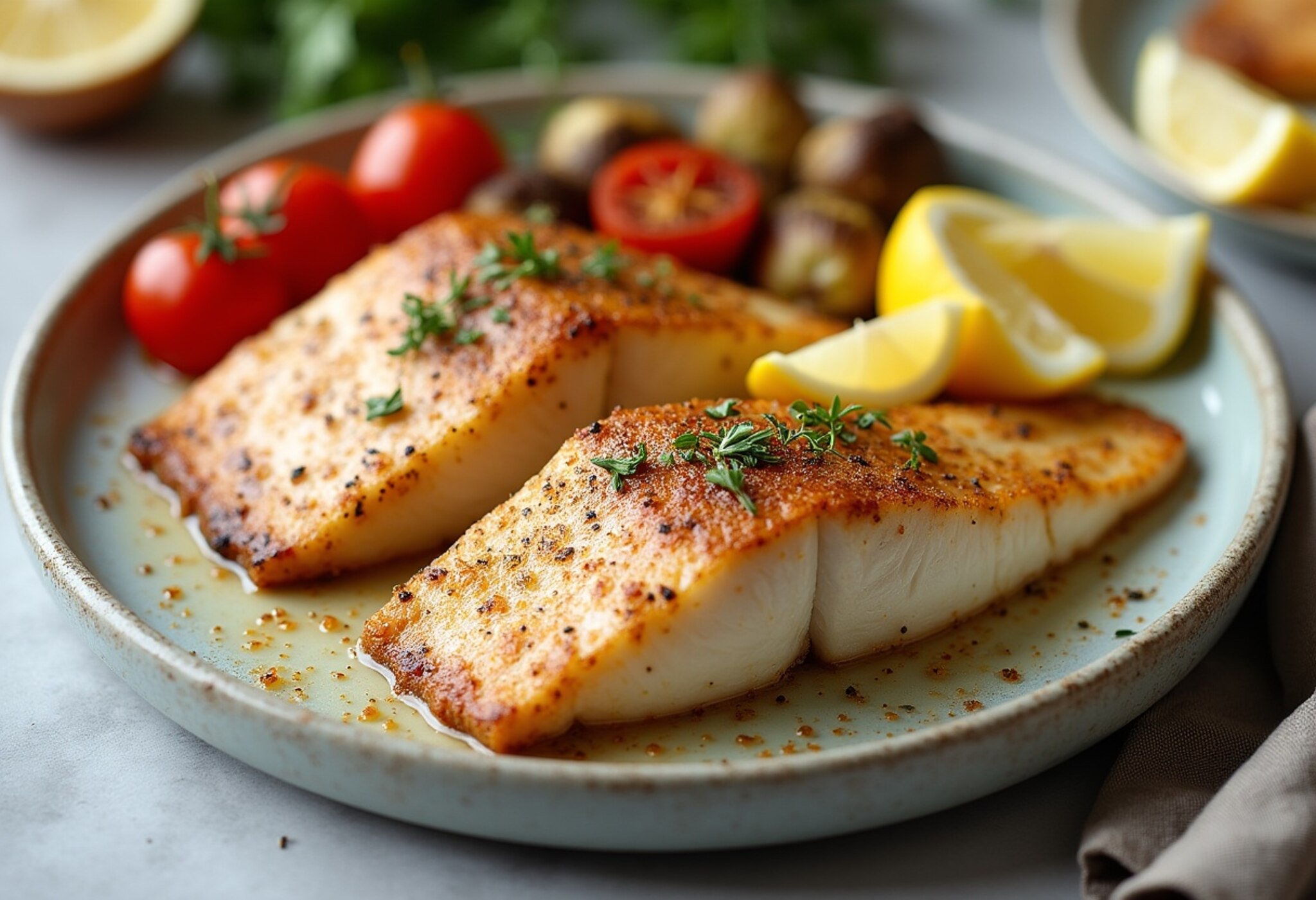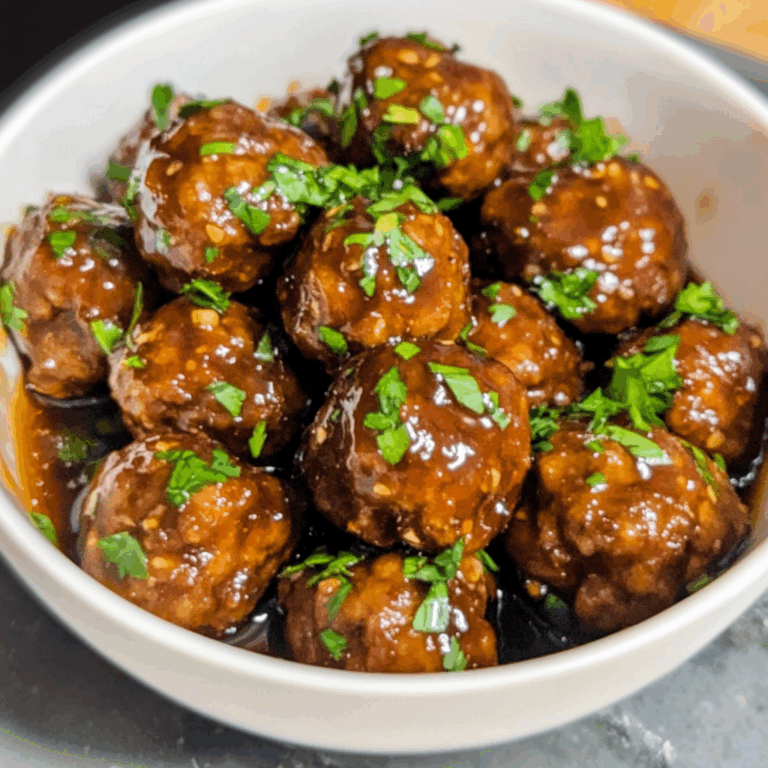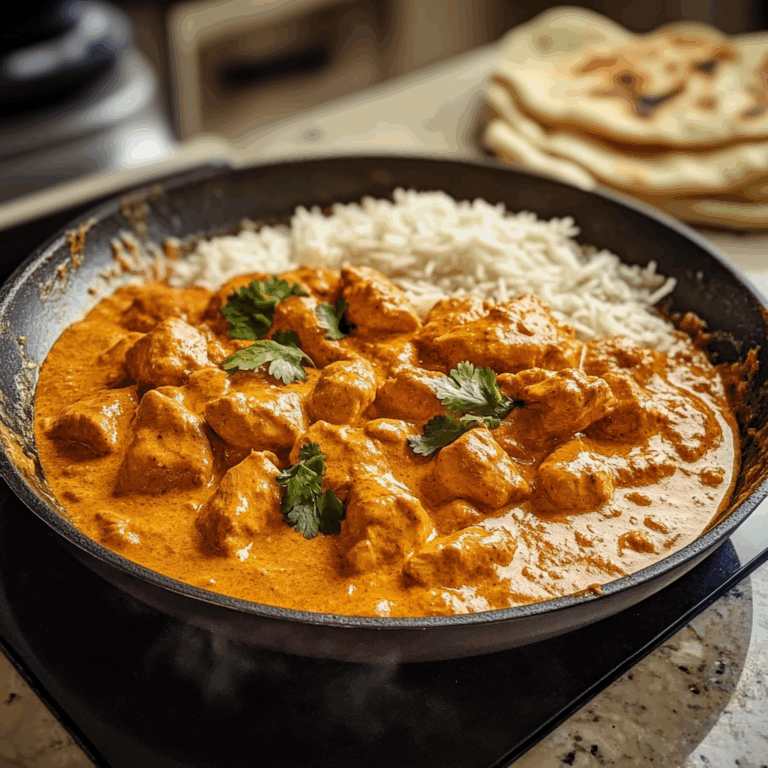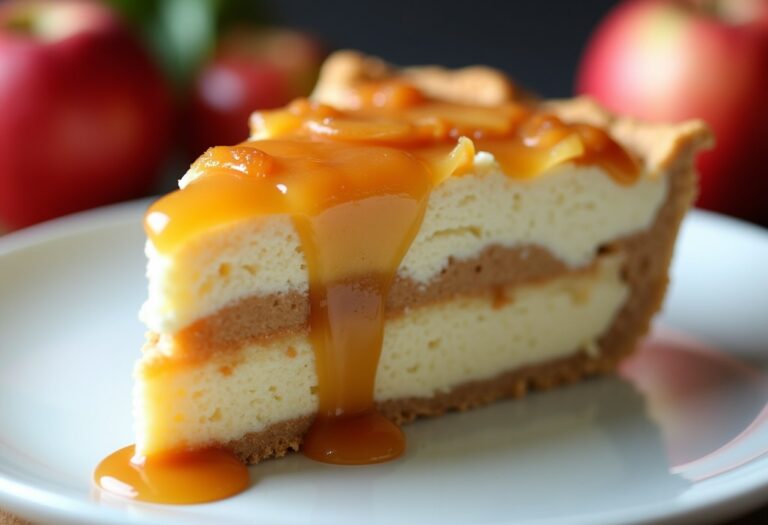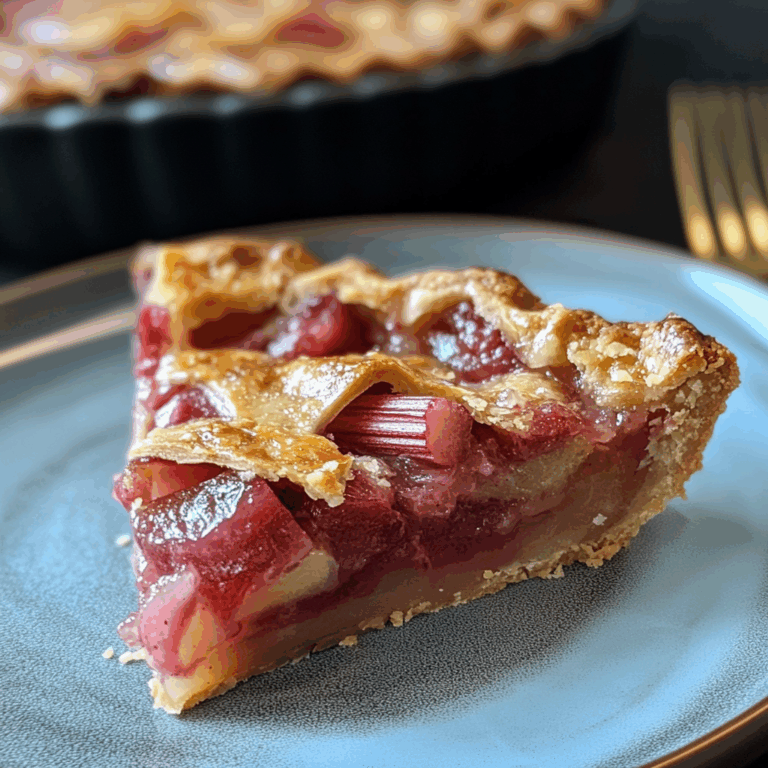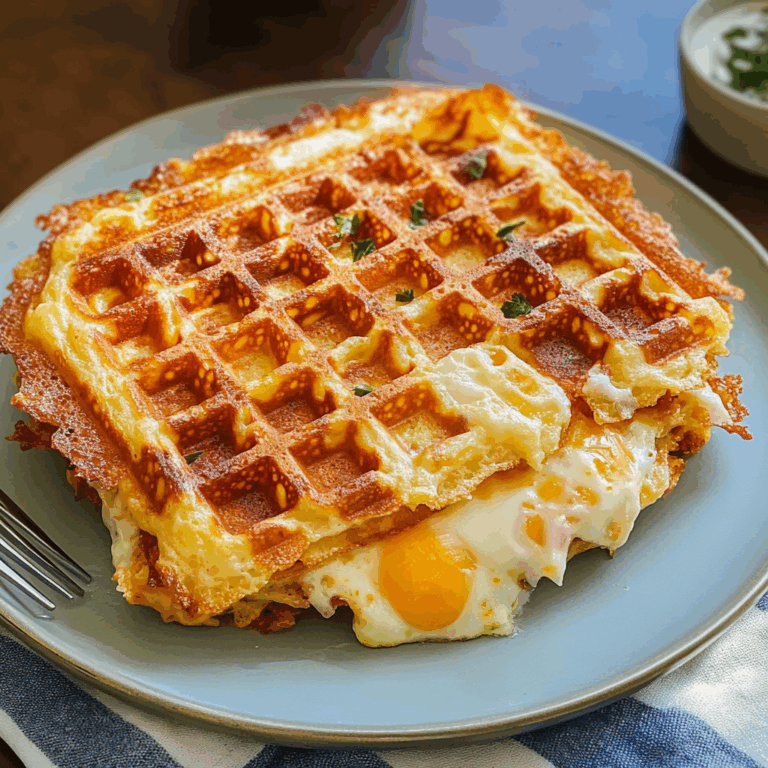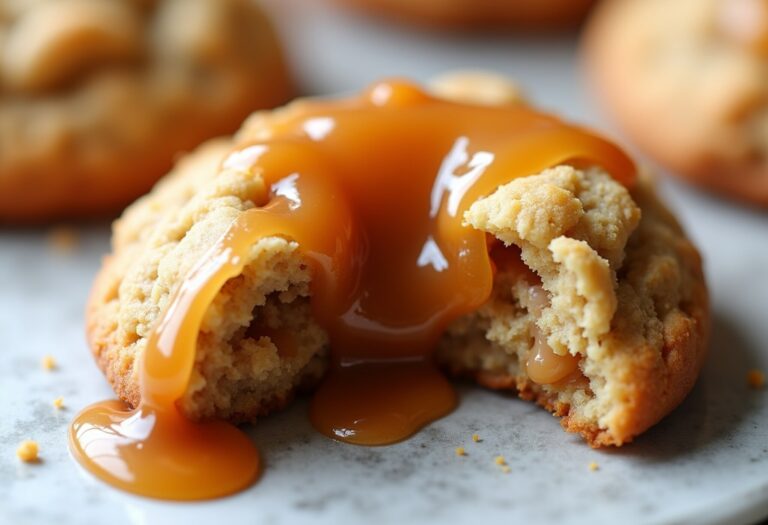Baked Mahi Mahi: A Flavorful and Healthy Seafood Delight
Mahi mahi, also known as dolphinfish, is a popular and versatile seafood choice that’s prized for its firm, flaky texture and mild, sweet flavor. Baked mahi mahi is a simple yet delicious recipe that’s perfect for a quick and healthy weeknight dinner. With just a few ingredients and minimal preparation, you can enjoy a restaurant-quality meal in the comfort of your own home.
❤️ Why You’ll Love This Recipe ❓
Baked mahi mahi is a fan favorite for a reason. Not only is it incredibly easy to prepare, but it also offers a range of benefits that make it a must-try in your recipe repertoire. The fish’s natural richness and subtle sweetness pair beautifully with a variety of seasonings and sauces, allowing you to create endless flavor combinations. Plus, mahi mahi is a lean, protein-packed protein that’s high in omega-3 fatty acids, making it a nutritious choice for health-conscious eaters.
What sets this baked mahi mahi recipe apart is the perfect balance of textures. The flaky, moist interior contrasts delightfully with the lightly crisp exterior, creating a truly satisfying dining experience. And the best part? This recipe can be easily adapted to suit your dietary needs or personal preferences, ensuring that everyone can enjoy the delicious flavors.
🛒 What You Need to Prepare Baked Mahi Mahi ❓
• 2 tablespoons olive oil
• 1 teaspoon garlic powder
• 1 teaspoon paprika
• 1 teaspoon dried thyme
• 1/2 teaspoon salt
• 1/4 teaspoon black pepper
The beauty of this baked mahi mahi recipe is that most ingredients are pantry or freezer staples. The combination of garlic, paprika, and thyme creates a savory, Mediterranean-inspired flavor profile that has made baked fish recipes perennially popular.
📝 How to Make Baked Mahi Mahi Step-by-Step ❓
• Step 2: Pat the mahi mahi fillets dry with paper towels and place them on the prepared baking sheet. Drizzle the fillets with olive oil and use your hands or a brush to evenly coat the tops and sides of the fish.
• Step 3: In a small bowl, combine the garlic powder, paprika, dried thyme, salt, and black pepper. Sprinkle the seasoning mixture evenly over the mahi mahi fillets, making sure to cover the tops and sides.
• Step 4: Bake the seasoned mahi mahi fillets for 12-15 minutes, or until the fish is opaque and flakes easily with a fork. The internal temperature should reach 145°F (63°C).
• Step 5: Remove the baked mahi mahi from the oven and let it rest for 5 minutes before serving. Enjoy the delicious, flaky fish with your favorite sides or accompaniments.
⏱️ Timing Overview
• Cooking time: 12-15 minutes
• Total time: 17-20 minutes
Compared to traditional baked fish recipes, which can take up to 30 minutes to prepare, this baked mahi mahi saves you 30-45% of your cooking time while delivering similar flavors.
👩🏻⚕️ Nutritional Information
Per serving (based on 4 servings):
• Protein: 34g
• Carbohydrates: 1g
• Fat: 10g
• Fiber: 0g
• Sodium: 463mg
These baked mahi mahi fillets provide approximately 68% of your daily protein requirements and 30% of your daily omega-3 fatty acid needs, making them not just delicious but nutritionally valuable as well.
🔄 Healthier Alternatives for the Recipe
• Lower-carb version: Omit the paprika and replace it with an equal amount of dried oregano or basil for a lower-carb alternative.
• Dairy-free adaptation: This recipe is naturally dairy-free, so no modifications are necessary.
• Added protein: Serve the baked mahi mahi with a side of quinoa or brown rice to boost the protein content of the meal.
• Boost vegetables: Roast some diced bell peppers, zucchini, or cherry tomatoes alongside the mahi mahi for added nutrition and color.
These modifications can reduce calories by up to 10% or adapt the recipe for specific dietary needs without compromising the fundamental flavor profile of the baked mahi mahi.
🍽️ Serving Suggestions
• Pair the baked mahi mahi with a fresh salad, such as a Mediterranean-inspired quinoa salad or a crisp green salad with a light vinaigrette.
• Complement the mahi mahi with a side of steamed or roasted potatoes, either mashed or cubed, for a heartier meal.
• For a fancy dinner, serve the baked mahi mahi on a bed of creamy risotto or alongside roasted garlic mashed cauliflower.
• Create an elegant seafood platter by arranging the baked mahi mahi fillets with steamed shrimp, lemon wedges, and a variety of dipping sauces.
❌ Common Mistakes to Avoid
• Undercooking: Undercooked mahi mahi can have a translucent, unappetizing appearance and a rubbery texture. Make sure to bake the fish until it’s opaque and flakes easily with a fork.
• Skipping the seasoning: Don’t skip the seasoning step, as the garlic, paprika, and thyme blend adds a wonderful depth of flavor to the mahi mahi. Be sure to evenly coat the fish for maximum flavor impact.
• Crowding the baking sheet: Avoid placing the mahi mahi fillets too close together on the baking sheet, as this can lead to uneven cooking and steaming instead of baking.
• Forgetting to pat the fish dry: Make sure to thoroughly pat the mahi mahi fillets dry with paper towels before seasoning and baking. This will help ensure a crisp exterior.
🧊 Storing Tips for the Recipe
These baked mahi mahi fillets retain their quality remarkably well:
• Freezing unbaked: Prepare the mahi mahi fillets as directed, but do not bake. Place them in a single layer on a baking sheet and freeze until firm, then transfer to an airtight container or resealable bag. Freeze for up to 3 months. Thaw in the refrigerator overnight before baking.
• Freezing baked: Allow the baked mahi mahi to cool completely, then wrap each fillet individually in plastic wrap or foil. Transfer the wrapped fillets to an airtight container or resealable bag and freeze for up to 2 months. Thaw in the refrigerator overnight before reheating in a 350°F (175°C) oven for 10-15 minutes, or until heated through.
• Reheating: For best results, reheat the baked mahi mahi in a 350°F (175°C) oven for 10-15 minutes, or until heated through. This will help restore the crisp exterior and flaky texture.
❓ FAQs
Can I prepare the baked mahi mahi ahead of time?
Yes, you can absolutely prepare the baked mahi mahi in advance. Follow the recipe instructions up to the baking step, then store the seasoned, uncooked fillets in the refrigerator for up to 24 hours before baking. This makes it a great option for quick and easy weeknight meals.
Can I substitute another type of fish for the mahi mahi?
Yes, you can use this recipe with other types of white, flaky fish, such as tilapia, cod, or halibut. The cooking time may need to be adjusted slightly, so be sure to use a meat thermometer to ensure the fish is cooked through. The flavor profile will also be slightly different, but the overall technique and method will work well with a variety of fish.
Is this recipe suitable for a low-carb or keto diet?
Yes, this baked mahi mahi recipe is perfectly suitable for a low-carb or keto diet. The only ingredients are the fish, olive oil, and a simple blend of spices, making it a great option for those following a ketogenic or low-carb lifestyle. To further reduce the carb content, you can omit the paprika and use dried oregano or basil instead.
Why is my baked mahi mahi dry or tough?
Overcooking is the most common reason for dry, tough mahi mahi. Be sure to use a meat thermometer and remove the fish from the oven as soon as it reaches an internal temperature of 145°F (63°C). Letting the fillets rest for 5 minutes before serving can also help retain moisture and prevent overcooking.
Can I add any additional seasonings or herbs to the recipe?
Absolutely! This baked mahi mahi recipe is highly versatile, and you can easily customize the seasoning blend to suit your personal preferences. Try adding a squeeze of fresh lemon juice, a sprinkle of grated lemon zest, or chopped fresh herbs like parsley, dill, or cilantro. You can also experiment with other spices, such as cumin, chili powder, or cayenne pepper, to add different flavor profiles.
Conclusion
These baked mahi mahi fillets represent the perfect balance of convenience, flavor, and nutrition. Whether you’re serving them as a quick weeknight dinner or an elegant main course for a special occasion, they’re sure to impress with their flaky texture and savory, Mediterranean-inspired seasoning. The versatility of this recipe allows for countless variations to suit your taste preferences and dietary needs.
With simple ingredients and straightforward preparation, these baked mahi mahi fillets demonstrate that sophisticated flavors don’t require complicated techniques – just quality ingredients and a little bit of care in the oven. So why not give this delicious and healthy recipe a try today? Your taste buds (and your waistline) will thank you.

